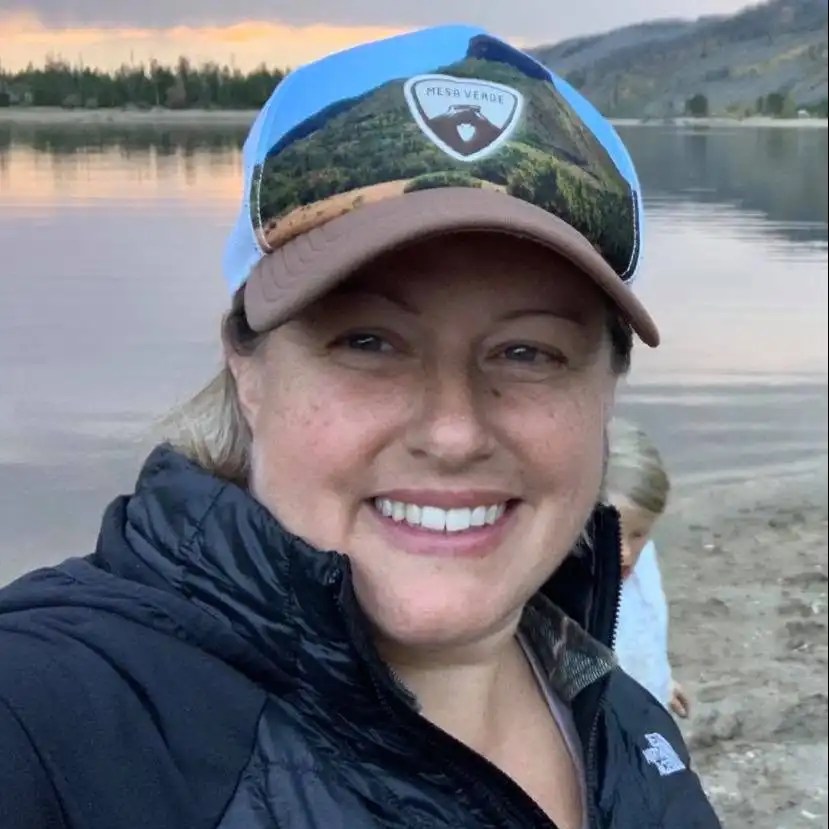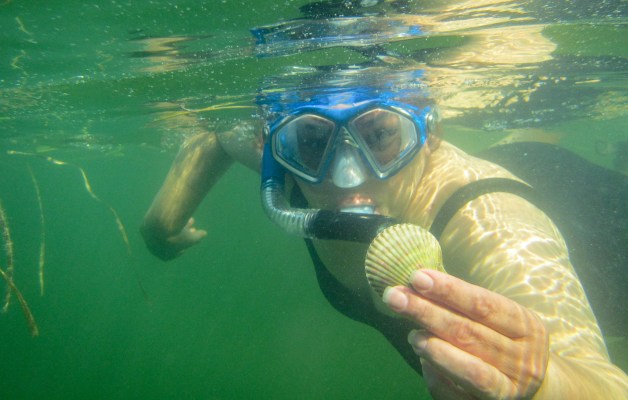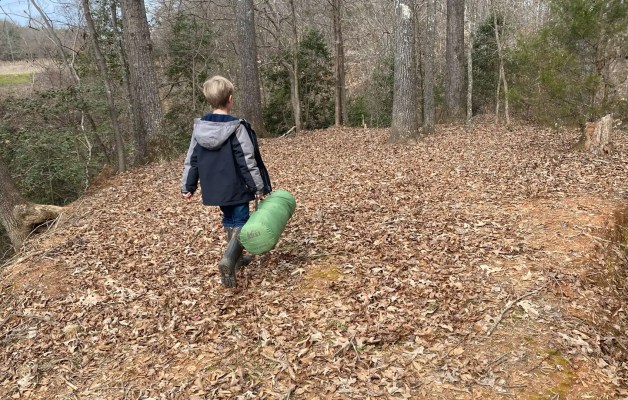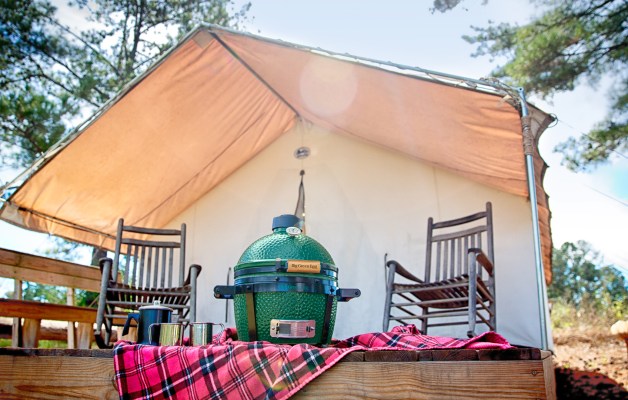
While bears may hibernate through the winter, there is plenty more animal activity that occurs during the winter months around the West. From following the tracks of the elusive lynx to wolves blending in with the snow, these are seven animals to look for during winter in the West.
Arctic Fox
Although the arctic fox is only found in the west in Alaska, it is a treat to see during the winter. This fox sheds its brown and gray or brown and bluish summer coat to don a white coat, helping it camouflage in the snow.
Look for their burrows while exploring outdoors in hillsides and banks. You may catch one using its predator action of diving into the snow to catch a rodent. They also eat birds and fish, and they are known for also eating the leftovers of larger predators, including wolves.
Searching for the scat from an arctic fox is one way to track them in the winter. Unlike dog scat (which can look somewhat similar), fox scat does not have a pungent and unpleasant smell. However, fresh arctic fox scat does have a musky smell. If you are wondering if you are on the trail of a nearby fox, look for tracks in the snow that feature four toes with a triangular shape. You may see claw marks directly in front of the toes. They are diagonal walkers, but their gait may change based on behavior.

Bison
Although there is plenty of opportunity to view bison in the summer months, seeing bison in the winter is a whole new experience. The stark brown and black of their fur against the white snow is quite beautiful. Snow balls up in their fur while the steam from their breath billows around them.
Find bison on lower ground in the winter where they head to graze. Watch them use their strong heads to shovel the snow as they look for grass to eat underneath. Bison head to the thermal areas and valleys in Yellowstone and can be viewed at the National Bison Range in Montana.

Lynx And Cats
The winter offers an opportunity to catch more cats in the wild since they have lost the cover of vegetation. Look for the large tracks of bobcats and mountain lions throughout the West in the mountain ranges, including Utah, Colorado and Washington. The foothills of the mountains also offer more opportunity for sightings as the cats come down in search of food. If there is snow on the ground, see if you can identify and follow cat tracks.
Since the ’90s, Colorado Parks and Wildlife has been slowly introducing lynx back into the wildlife population. Although these cats remain elusive, more and more people have experienced incredible sightings, especially in the mountains of Montana, Washington and Idaho.
Cat tracks are more rounded than canine tracks and do not feature claw marks. These cats have bigger front feet than rear feet. They are diagonal walkers, so their rear feet land in their front feet tracks. This makes their tracks look like two-legged animals rather than four-legged. Bobcat tracks are typically about 2 inches in diameter and feature a small notch in front of the heel pad, basically in the center of the track. Mountain lion tracks are slightly larger and feature that same notch.
If you are tracking a cat by its scat, it tends to be ropy in shape, sometimes segmented or sometimes clustered. The scat tends to contain bone fragments and the hair of their prey. It smells pungent and is brown, gray or black in color.

Raptors And Birds
In search of water that is not frozen over, raptors are another animal to search for in the winter. Look to the skies for circling birds or high in the branches for nests. Salmon bring bald eagles to the Pacific Northwest, while bald and golden eagles are also found more often throughout the winter in Colorado, Alaska, California and Montana.
White-tailed kites take advantage of the daytime hours in Oregon and can be seen hovering over grasslands until owls (including the short-eared owl) come out at night to search for food. Red-tailed hawks and prairie falcons are just some of the raptors you can see from the Olympic Peninsula through the Midwest.
New Mexico is a bird haven in the winter months. Sandhill cranes travel to stay for the months of October to mid-February before they make a big migration south. They also can be found in Alaska and the Rocky Mountains during the same time frame.
Participate in the Great Backyard Bird Count from February 18-21, 2022 to be a citizen scientist by counting bird populations. These counts help scientists keep track of bird populations and identify factors in why bird populations continue to decline.

Snowshoe Hares
Snowshoe hares can be found around the West, including in the Cascade Range in Oregon, the Rocky Mountains of Colorado and the Sangre de Cristo Mountains of New Mexico. Snowshoe hares, like arctic foxes, change color from brown in summer to white in winter to help camouflage them. Look for them to be eating bark, twigs and buds in the winter. Dense areas of vegetation tend to be the best place to spot them.
Look for two parallel, large, flat prints followed by another pair with points at the top if you are trying to follow the tracks of a snowshoe hare. The hind feet of a snowshoe hare are about four to five times the size of their front feet — part of what distinguishes them from other hares. Hare scat is round and about 3/8 to 1/2 inch in diameter.
Arctic hares (sometimes referred to as Alaska hares) are similar to snowshoe hares but are found above the treeline in the mountain ranges of Alaska. They are active year-round and hunt for lichen and moss under the snow in the winter. Arctic hare scat is round and about 3/8 to 1/2 inch in diameter, but don’t be surprised if you don’t find a lot of it. The softer pellets become new food for these hares, especially when food is scarce.

Snowy Owls
Found in the Pacific Northwest, Canada and the arctic tundra of Alaska during the winter months, the snowy owl with its white plumage is a gorgeous sight to see. Winter migration is the best time to see the owls as they make their way to the upper part of the United States and arctic tundra. The only place they breed in the U.S. is in Alaska.
They are often silent in the winter months, so your eyes are going to be the sense you use to track them. Unlike other owls, snowy owls do not perch in trees or make nests high above. If you are on the search for them, head to wide-open areas, such as shorelines, dunes, open fields, farmland or even close to airfields. They fly low to the ground, especially when hunting for rodents or fish. They also perch close or lower to the ground on fence posts, picnic tables and sometimes in buildings.
Unlike other owls, they are active all day but tend to stay in one spot for long periods of time. They tend to be most active at dusk when they hunt. If you don’t see any with the naked eye or binoculars, snowy owl scat is in the shape of pellets. Snowy owl tracks are unique. If they swoop down to grab prey, their wings will brush against the snow, creating a snow angel (snow owl) imprint. If they have pounced on prey, you may see deeper imprints from their talons. Their feet make X- shaped imprints.

Wolves
Winter happens to be the best time to spot wolves from Yellowstone National Park and Denali National Park and Preserve to central Idaho and northern California. Wolves are very skittish and on alert. Do not expect (or try) to have a close encounter. Wolves are best viewed from a distance with the use of binoculars.
Listen for the howls, especially during the hours of sunrise and sunset. Wolves tend to be more vocal in the winter months, as well. Wolf activity peaks in February when mating season begins.
The track of a wolf is about 4 inches wide and 5 inches long. Claws can be seen in imprints in mud and snow. Tracks have four symmetrical toes. There is also a single lobe on the front of the foot pad. With more fur on their feet, their tracks may have a fluffier appearance, helping to tell them apart from coyote tracks, along with their larger size.
The scat from a wolf can look different based on what the wolf has recently eaten. Scat is usually oblong or even cylindrical in shape with pointed ends. Color can be tan, dark brown or even black. It may contain bone fragments or hair. It has a very strong and unpleasant odor.





